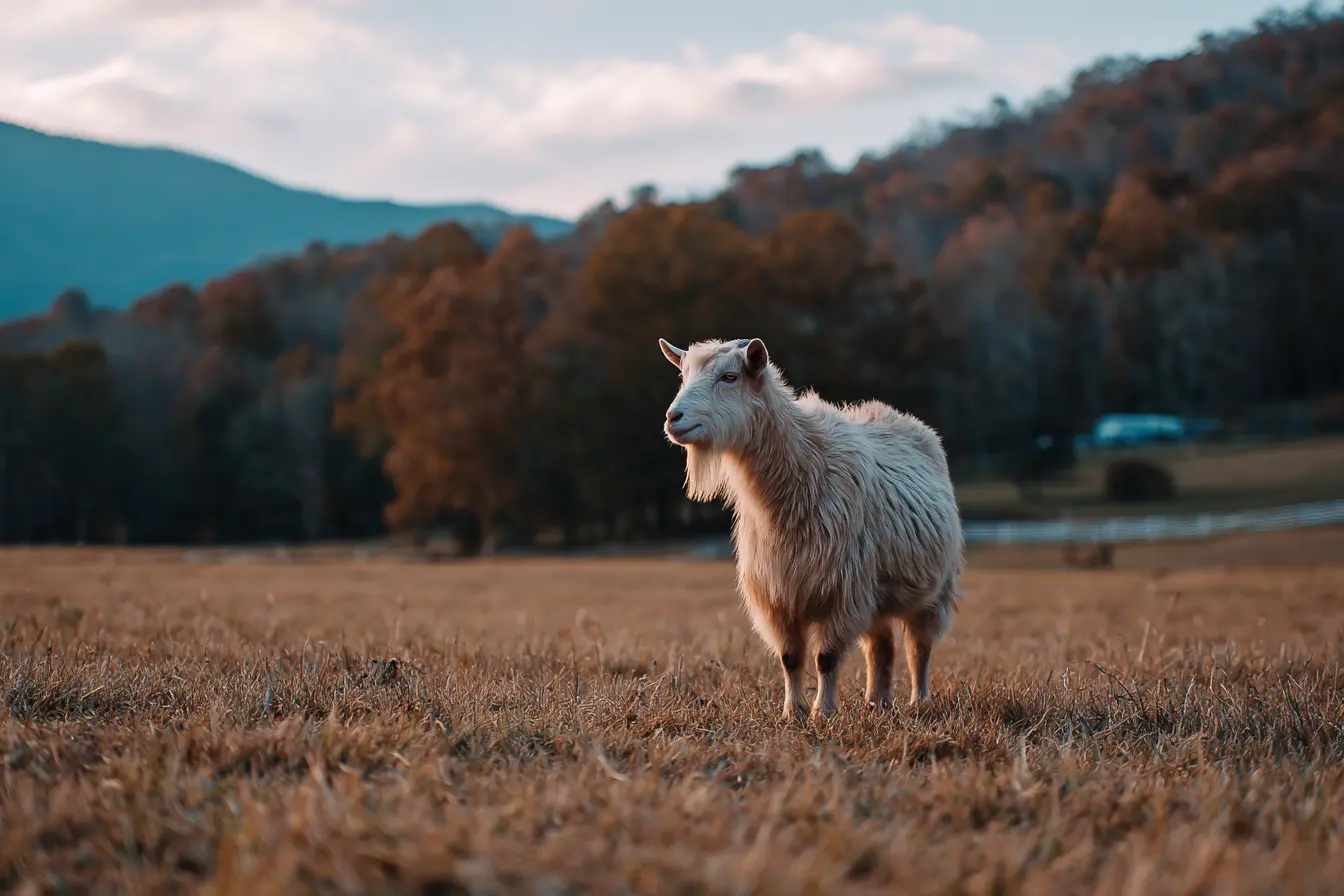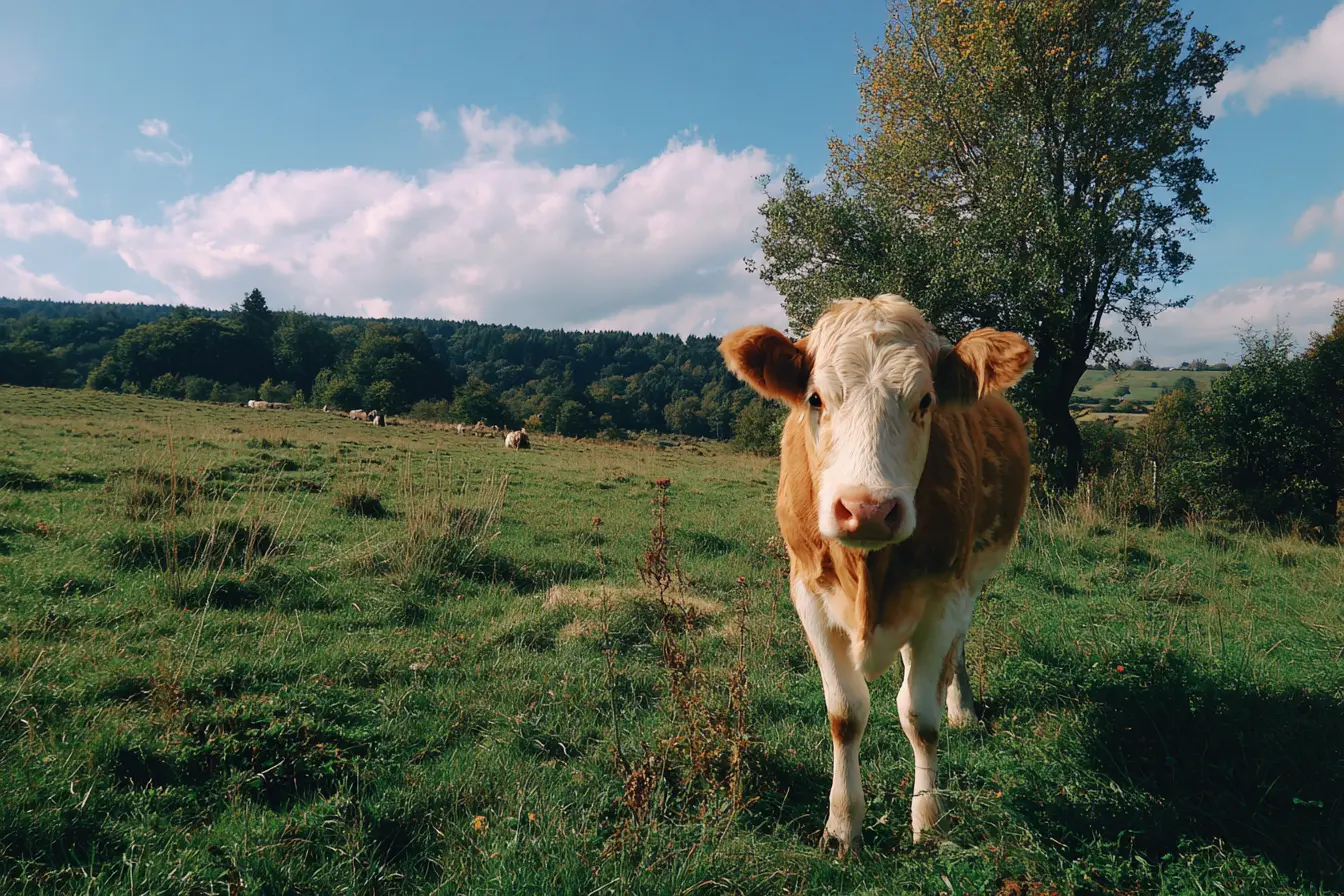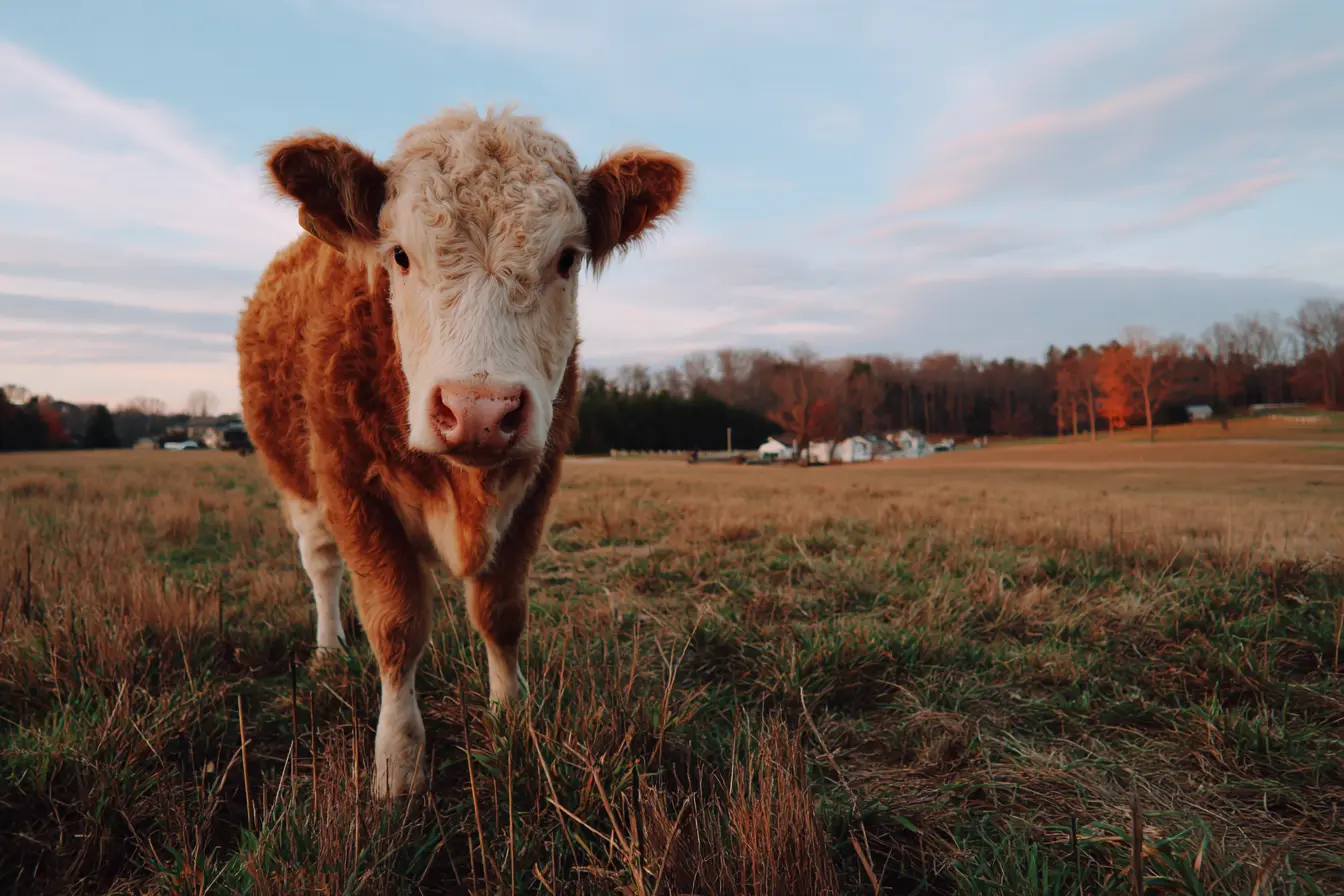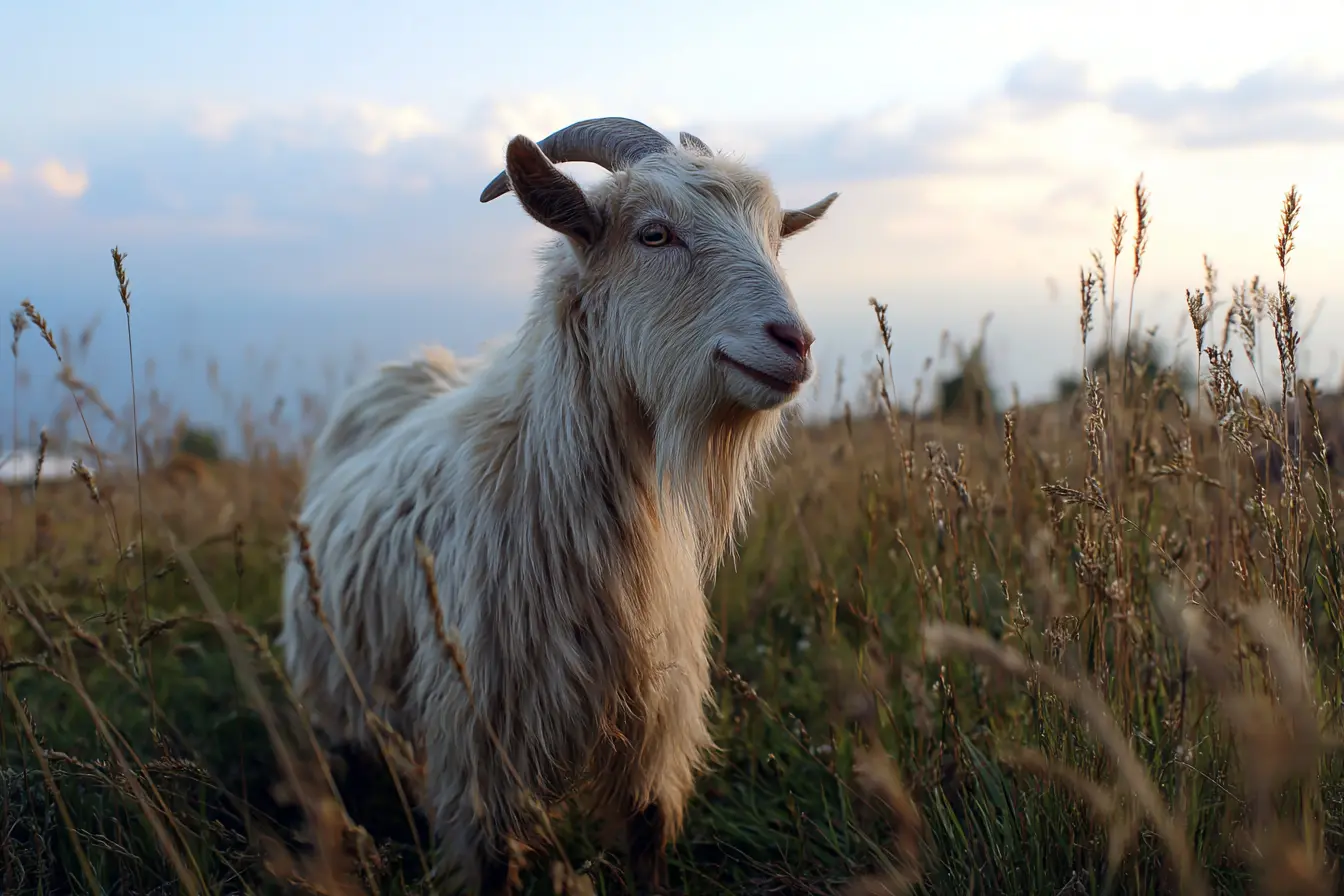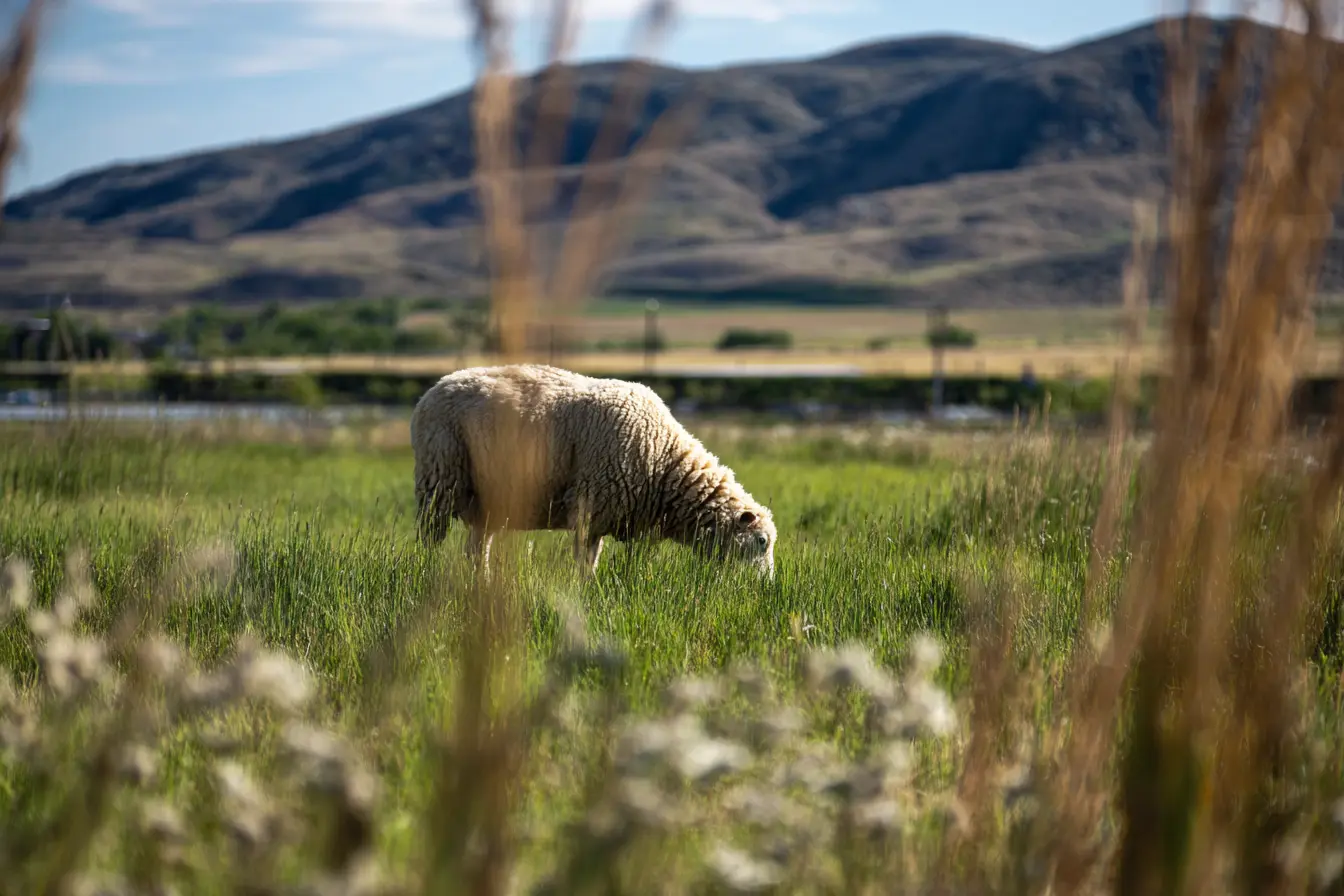
A Complete Guide to Castration in Sheep
Castration is the removal or destruction of the testicles of male lambs to prevent reproduction and reduce aggressive behaviour. It is a common and important management practice in sheep farming across the UK. Castrated males (wethers) are easier to handle, less aggressive, and do not cause accidental breeding in mixed flocks.
However, castration is a painful procedure and must be carried out legally, humanely, and with appropriate aftercare. This guide explains everything you need to know about castration in sheep including why it is done, the legal requirements, the best timing, the main methods used, pain control, aftercare, and welfare considerations.
Why Castration is Performed
Castration is carried out for several key reasons:
- Preventing unwanted breeding: Stops rams from mating with related ewes, preventing inbreeding and uncontrolled lambing.
- Improved temperament: Wethers are calmer, easier to handle, and less likely to fight or mount other sheep.
- Safety: Rams can be aggressive during the breeding season and may injure handlers or other animals.
- Carcass quality: Wethers produce better-quality meat with more even fat cover and without the strong flavour sometimes associated with entire rams.
- Simplified management: Allows male lambs to be run with females without risk of mating.
Legal Requirements in the UK
Castration of sheep is governed by the Animal Welfare Act 2006 and the Mutilations (Permitted Procedures) (England) Regulations 2007, with similar laws in Scotland, Wales, and Northern Ireland.
Key legal rules include:
- Castration must be done only by a trained, competent person.
- Rubber ring (elastrator) method:
- Only permitted for lambs under 7 days old.
- Must be done using a proper applicator.
- Other methods (Burdizzo or surgical):
- Can be used on lambs under 3 months old by a trained person.
- Lambs over 3 months old must be castrated by a veterinary surgeon using anaesthetic.
- Pain relief (analgesia) is legally required for castration of lambs over 3 months old and strongly recommended at younger ages.
These laws exist to ensure castration is done safely and with minimal pain and suffering.
Timing of Castration
- Castration is usually performed within the first week of life, often at the same time as tail docking.
- Castration should only be done on healthy, strong lambs, not on sick or weak individuals.
- Very early castration is less stressful and has fewer complications than delaying it, but should not be done in the first 24 hours of life to avoid additional stress.
Methods of Castration
There are three main methods of castration used in sheep:
Rubber Ring (Elastrator)
- Used on lambs under 7 days old only.
- A tight rubber ring is applied around the neck of the scrotum using special pliers.
- This cuts off blood supply to the testicles, which shrivel and drop off after 2–4 weeks.
- Simple and bloodless, but causes acute pain for a short period after application.
- There is a risk of tetanus, so lambs should be protected by maternal immunity or vaccinated.
Bloodless Castration (Burdizzo)
- Suitable for lambs up to 3 months old.
- A Burdizzo clamp crushes the spermatic cords through the skin without cutting it.
- Destroys the blood supply to the testicles, which then shrink and stop functioning.
- Requires skill and care to ensure both cords are fully crushed.
- Slightly slower to show results than the rubber ring method.
Surgical Castration
- Used on older lambs and rams, or where other methods are not possible.
- Must be done by a veterinary surgeon using local or general anaesthetic.
- The scrotum is opened and the testicles are removed using an emasculator or ligature.
- Allows immediate removal, but carries a higher risk of bleeding and infection.
Pain Management
- Local anaesthetic is legally required for surgical castration or when castrating lambs over 3 months old.
- Non-steroidal anti-inflammatory drugs (NSAIDs) are strongly recommended to reduce post-operative pain and inflammation.
- Even for very young lambs, providing pain relief is considered best practice.
Aftercare
Good aftercare is important for healing and to prevent complications:
- Keep lambs in a clean, dry area after castration.
- Check daily for swelling, bleeding, infection, or flystrike.
- Make sure lambs are feeding and behaving normally.
- Avoid stressful handling or rough play for several days after the procedure.
Potential Complications
Castration is generally safe if done correctly, but complications can occur, especially if done too late or without proper hygiene:
- Infection or abscesses at the castration site.
- Excessive swelling or bleeding (especially after surgical castration).
- Incomplete castration (one testicle missed).
- Tetanus, especially after rubber ring use.
Prompt veterinary treatment is needed if any complications arise.
Welfare Considerations
- Castration is painful, and it is the farmer’s responsibility to minimise pain and stress.
- Early castration reduces stress and speeds up recovery, but should not be done before 24 hours old.
- Correct technique, good hygiene, anaesthetic, and pain relief are vital to ensure good welfare outcomes.
- Castration should only be done when necessary. Not all male lambs need to be castrated if they will be slaughtered before reaching sexual maturity.
Conclusion
Castration is a common and important management practice in sheep farming, used to prevent unwanted breeding, improve temperament, and simplify flock management. It must be carried out legally, humanely, and at the correct age, using appropriate pain relief and aftercare.
By choosing the right method, ensuring good hygiene and technique, and providing pain management, farmers can protect lamb welfare, avoid complications, and ensure compliance with UK animal welfare legislation.
Vets near you
Speciality vets
- Aquatics vet specialists
- Birds vet specialists
- Camelids vet specialists
- Cats vet specialists
- Cattle vet specialists
- Deer vet specialists
- Dogs vet specialists
- Equines vet specialists
- Exotic vet specialists
- Goats vet specialists
- Pigs vet specialists
- Poultry vet specialists
- Sheep vet specialists
- Small Mammals vet specialists
- Wild vet specialists
